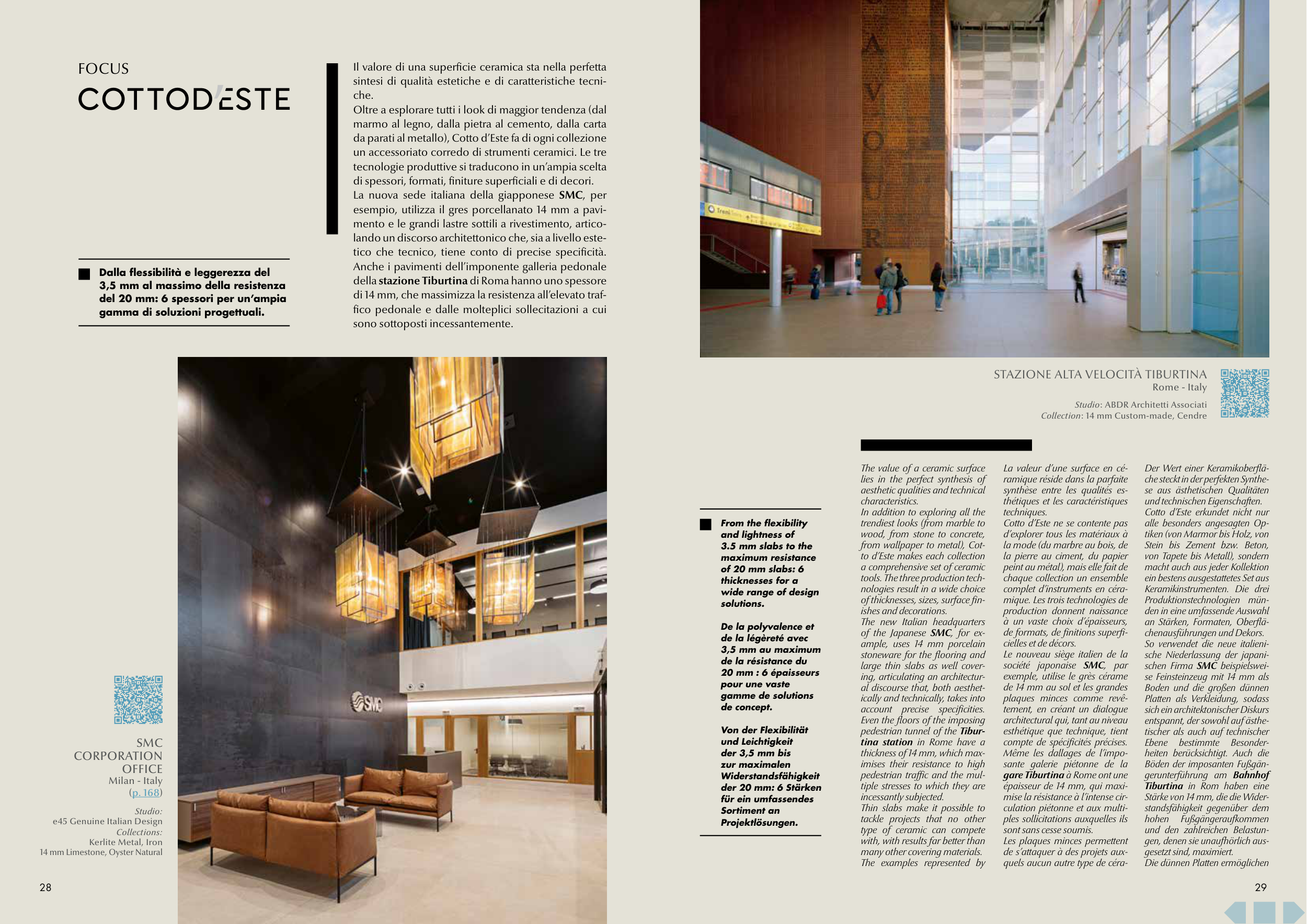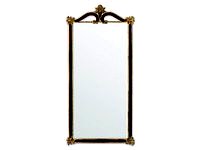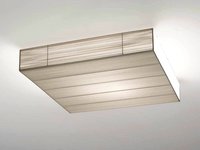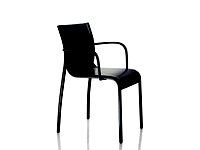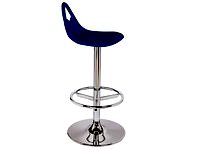Il valore di una superficie ceramica sta nella perfetta
sintesi di qualità estetiche e di caratteristiche tecni-
che.
Oltre a esplorare tutti i look di maggior tendenza (dal
marmo al legno, dalla pietra al cemento, dalla carta
da parati al metallo), Cotto d’Este fa di ogni collezione
un accessoriato corredo di strumenti ceramici. Le tre
tecnologie produttive si traducono in un’ampia scelta
di spessori, formati, finiture superficiali e di decori.
La nuova sede italiana della giapponese SMC, per
esempio, utilizza il gres porcellanato 14 mm a pavi-
mento e le grandi lastre sottili a rivestimento, artico-
lando un discorso architettonico che, sia a livello este-
tico che tecnico, tiene conto di precise specificità.
Anche i pavimenti dell’imponente galleria pedonale
della stazione Tiburtina di Roma hanno uno spessore
di 14 mm, che massimizza la resistenza all’elevato traf-
fico pedonale e dalle molteplici sollecitazioni a cui
sono sottoposti incessantemente.
Dalla flessibilità e leggerezza del
3,5 mm al massimo della resistenza
del 20 mm: 6 spessori per un’ampia
gamma di soluzioni progettuali.
From the flexibility
and lightness of
3.5 mm slabs to the
maximum resistance
of 20 mm slabs: 6
thicknesses for a
wide range of design
solutions.
De la polyvalence et
de la légèreté avec
3,5 mm au maximum
de la résistance du
20 mm : 6 épaisseurs
pour une vaste
gamme de solutions
de concept.
Von der Flexibilität
und Leichtigkeit
der 3,5 mm bis
zur maximalen
Widerstandsfähigkeit
der 20 mm: 6 Stärken
für ein umfassendes
Sortiment an
Projektlösungen.
STAZIONE ALTA VELOCITÀ TIBURTINA
Rome - Italy
Studio: ABDR Architetti Associati
Collection: 14 mm Custom-made, Cendre
The value of a ceramic surface
lies in the perfect synthesis of
aesthetic qualities and technical
characteristics.
In addition to exploring all the
trendiest looks (from marble to
wood, from stone to concrete,
from wallpaper to metal), Cot-
to d’Este makes each collection
a comprehensive set of ceramic
tools. The three production tech-
nologies result in a wide choice
of thicknesses, sizes, surface fin-
ishes and decorations.
The new Italian headquarters
of the Japanese SMC, for ex-
ample, uses 14 mm porcelain
stoneware for the flooring and
large thin slabs as well cover-
ing, articulating an architectur-
al discourse that, both aesthet-
ically and technically, takes into
account precise specificities.
Even the floors of the imposing
pedestrian tunnel of the Tibur-
tina station in Rome have a
thickness of 14 mm, which max-
imises their resistance to high
pedestrian traffic and the mul-
tiple stresses to which they are
incessantly subjected.
Thin slabs make it possible to
tackle projects that no other
type of ceramic can compete
with, with results far better than
many other covering materials.
The examples represented by
La valeur d’une surface en cé-
ramique réside dans la parfaite
synthèse entre les qualités es-
thétiques et les caractéristiques
techniques.
Cotto d’Este ne se contente pas
d’explorer tous les matériaux à
la mode (du marbre au bois, de
la pierre au ciment, du papier
peint au métal), mais elle fait de
chaque collection un ensemble
complet d’instruments en céra-
mique. Les trois technologies de
production donnent naissance
à un vaste choix d’épaisseurs,
de formats, de finitions superfi-
cielles et de décors.
Le nouveau siège italien de la
société japonaise SMC, par
exemple, utilise le grès cérame
de 14 mm au sol et les grandes
plaques minces comme revê-
tement, en créant un dialogue
architectural qui, tant au niveau
esthétique que technique, tient
compte de spécificités précises.
Même les dallages de l’impo-
sante galerie piétonne de la
gare Tiburtina à Rome ont une
épaisseur de 14 mm, qui maxi-
mise la résistance à l’intense cir-
culation piétonne et aux multi-
ples sollicitations auxquelles ils
sont sans cesse soumis.
Les plaques minces permettent
de s’attaquer à des projets aux-
quels aucun autre type de céra-
Der Wert einer Keramikoberflä-
che steckt in der perfekten Synthe-
se aus ästhetischen Qualitäten
und technischen Eigenschaften.
Cotto d’Este erkundet nicht nur
alle besonders angesagten Op-
tiken (von Marmor bis Holz, von
Stein bis Zement bzw. Beton,
von Tapete bis Metall), sondern
macht auch aus jeder Kollektion
ein bestens ausgestattetes Set aus
Keramikinstrumenten. Die drei
Produktionstechnologien mün-
den in eine umfassende Auswahl
an Stärken, Formaten, Oberflä-
chenausführungen und Dekors.
So verwendet die neue italieni-
sche Niederlassung der japani-
schen Firma SMC beispielswei-
se Feinsteinzeug mit 14 mm als
Boden und die großen dünnen
Platten als Verkleidung, sodass
sich ein architektonischer Diskurs
entspannt, der sowohl auf ästhe-
tischer als auch auf technischer
Ebene
bestimmte
Besonder-
heiten berücksichtigt. Auch die
Böden der imposanten Fußgän-
gerunterführung am Bahnhof
Tiburtina in Rom haben eine
Stärke von 14 mm, die die Wider-
standsfähigkeit gegenüber dem
hohen
Fußgängeraufkommen
und den zahlreichen Belastun-
gen, denen sie unaufhörlich aus-
gesetzt sind, maximiert.
Die dünnen Platten ermöglichen
SMC
CORPORATION
OFFICE
Milan - Italy
(p. 168)
Studio:
e45 Genuine Italian Design
Collections:
Kerlite Metal, Iron
14 mm Limestone, Oyster Natural
28
29
FOCUS


